You know when you spend time and money working on your site to get it where you want it, but you’re still not seeing the traffic that you want?
Or when you’re always left wondering why your competitors have higher rankings than you do even though they have lower authority and poor UX?
The answer to your troubles is an SEO website audit. SEO audits can boost your site’s search engine rankings to attract more revenue, leads, and visitors.
Not sure where to start? Check out this definitive guide to running an SEO website audit to find out.
But first, we need to go over what an SEO audit is, exactly.
What is an SEO audit, anyway?
You can think of an SEO Audit as an evaluation of a website that grades the site for its ability to appear in search engine results pages (SERPs).
Audits are completed by checking each step on your audit list and finding any issues that need to be repaired or improved to boost your page’s search engine performance.
Think of it as a report card for your site’s “Googleability.” Your site might be wonderful, well-designed, and clean.
But if search engines can’t read your website, the pages you put hard work into may not ever see the light of day.
You can easily find your SEO score with an SEO checker.
But that’s not going to give you the insight that a full SEO audit can provide.
A full audit gives you an actionable plan that helps to:
- Compare yourself to competitors and use your findings to your advantage.
- Identify what changes need to be made (and how to change them).
- Get a general overview of the SEO efficiency of your site.
- Uncover your website’s weaknesses and fix them.
- Set some expectations for your website’s future.
You may not be able to improve every finding on your SEO audit all at once, but you can work on several factors over a period of time.
Here are the factors you should focus on during your SEO audit.
Factors to focus on in your audit
Before you can make any changes, you need a strategy that will work. There’s truly no limit to the things that you can improve with an SEO audit.
You can analyze keywords, improve technical aspects of your site, and more.
However, when people decide to run an SEO audit, they usually only care about one thing: improving rankings.
Everybody wants to be number one.
But getting to number one means focusing on a combination of several complex factors that all contribute to SEO in some way.
Before we dive into the specifics, you’ll want to boost technical SEO first.
Boost technical SEO first
There are tons of things that you can check in your SEO audit with little-to-no effort if you get your hands on the right tools.
One of the most useful is Screaming Frog SEO Spider.
For a quick site check-up, this tool is all you need. Even the free version allows you to run tons of helpful checks.
To get started, run some quick Panda and Penguin checks.
Do some quick Panda & Penguin checks.
Panda and Penguin are algorithm updates created by Google. The goal of these algorithms is to serve higher-quality websites within SERPs.
Panda focuses on content and banners, while Penguin analyzes whether or not the links on your website are natural, logical links.
To do a quick check for Panda in your SEO audit, step back from your screen and take a good look at your website. Do you see a ton of banners?
Is your latest promotion or sale taking up every inch of the screen and covering up your content? Make sure there’s a balance. You don’t need to have five banners above the fold.
To do a Penguin check, use Majestic’s SEO tool to quickly check out your backlinks and find out if any questionable websites are linking back to your brand.
If there are, go ahead and disavow those sites in your Google Search Console.
You can find more information on both Panda and Penguin here. Updates to these algorithms are ongoing and ever-changing.
Next, check out your page titles and beef them up a bit.
Improve page titles.
Page titles should hone in on a specific topic and contain some kind of branded phrase at the end, like a short website slogan or your site’s name.
Focus on checking and changing page titles by scanning them in Screaming Frog, like this:
Check this area for any missing page titles or duplicates. Add in “page title branding” where you can, which is as easy as adding your company name or your brand name to title pages.
Read more on page titles and branding here.
You’ll also need some high-quality meta descriptions.
Create good meta descriptions.
A meta description is a searcher’s invitation to your website.
A short, sweet, yet detailed meta description will attract more people to your site from search engine pages.
This is where you need to hook readers in so they’ll click over.
You can view and change all meta descriptions in Screaming Frog SEO Spider under the “Meta Description” tab.
Once you’re there, you can tell if any of your meta descriptions are duplicates pretty quickly. Most pages need to have a unique description, since every page is different.
The next step is to check out canonical URLs.
Don’t forget canonical URLs.
The canonical URL is the URL that lets Google (and you) know what the source of any given page is.
You can view canonical URLs by checking out the “Canonical Link Element 1” tab.
Check for any pages that are missing canonical URLs and find out whether the canonical URLs match up with the regular URLs for your pages.
Next you can use Screaming Frog to perform a complete crawl of your website. Here’s how.
Perform a site crawl to identify issues
Crawling your website gives you a bird’s eye view of any problems that might be lurking in the shadows.
For example, you may have set a few pages to “noindex,” which means that search engines can’t crawl your page.
That means you’re losing the opportunity to rank for that page (or any keywords you’ve put on it). You can’t build organic traffic to a page that you set to “noindex.”
A site crawl can help you find those pages.
There are also a few different page errors that you need to look out for.
For example, 404 errors occur when your page is ranking for a search term even though it doesn’t exist anymore due to a deletion or changed URL.
500 errors, on the other hand, are due to internal issues (usually a web server).
Screaming Frog can show you the status of your web pages, but it can also show the data of various SEO factors that might be hurting your rankings.
If you don’t want to use Screaming Frog, try Netpeak Spider. It’s a very similar tool at a lower price point.
After you’ve crawled your site, you need to focus on improving user experience (UX).
Improve user experience (UX)
Search engines are getting smarter and smarter. They are now reading user signals to recommend sites with good UX.
Therefore, if your UX is bad, your SEO and rankings will be too. The good news is that there are countless ways you can improve UX.
Look for the low-hanging fruit first. What are some obvious improvements that can make your site easier to navigate and view?
Colors, for one.
Colors
Do the colors on your site match your brand, or are they randomly selected?
Make sure that the colors on your website follow a certain color scheme so that readers can pay attention to content above all else.
Here’s how I execute a polished color scheme on my site:
Headings should stand out, and links should be easily identifiable.
You should also add some images and video where you can.
Use of images and videos
Images and video can help to set a mood, present a product or service, or send visitors to certain areas of your pages.
Make sure to add enough images and video where it’s necessary, but maintain a nice balance between text and photos.
Here’s how I do it:
Focus on keeping relevant information above your website’s fold, too.
Keep important information above the fold
Good design boosts engagement. But you should always focus on the parts of your web pages that users see first.
On every page, make sure to keep your call-to-action (CTA) and message above the fold. If you’ve got a primary CTA below the fold, you might as well not have one at all.
This is especially true on your homepage, which is the main hub of your site that directs people to other sections.
Adding some social proof won’t hurt, either.
Add reassurance to web pages
Social proof and testimonials are an easy way to create great UX on your site.
They reassure visitors about how great your brand and products really are. Here’s how Freshbook is using social proof to reassure visitors:
Bottom line: social proof makes buyers feel safe trusting your company.
Next, check your DNS settings.
Check your DNS settings
Checking DNS settings involves making sure that bots aren’t getting any errors when they crawl your site.
The easiest way to do this is by using Google Search Console. If you’re not already connected to it, you’ve got nothing to lose. It’s free.
Here’s how to use it to check DNS settings.
- Log into Google Search Console.
- Check the “Current Status” area of your dashboard.
- If you see a green checkmark, your DNS is good to go.
You can also perform a free test with a tool like Pingdom.
Just enter your domain name to get started. The site will either give you an all-clear signal or a breakdown of any issues that need repairing.
Are your web pages mobile-friendly? If not, they need to be. ASAP.
Make sure your pages are mobile-friendly
Mobilegeddon has caused webmasters and marketers alike to rush to create seamless mobile versions of their websites.
And the mobile rush is only going to get worse. By 2021, 52.3 million Internet users will browse by mobile only.
Since more people are using mobile devices to access the web, it makes sense to improve mobile UX.
To see just how well your site is designed for mobile users, run your site through Google’s Mobile-Friendly Test.
Once you enter your URL, the tool will tell you whether or not your site is mobile-friendly.
You can also see how your site looks across several different devices.
The backbone of any good SEO strategy is good content, so you need to integrate a content SEO strategy, too.
Integrate a content SEO strategy
Your content should be able to answer any questions that a searcher might ask Google.
Auditing your content can be tough because you will have to look at the quality of your work along with the best on-page factors.
That means that you need to doublecheck grammatical errors, quick. Grammarly can check your pages for grammatical mistakes so that you can easily correct your content.
And when you write content on WordPress, be sure to install Yoast SEO. This plugin allows you to see just how optimized your work is for your target keywords.
Use Screaming Frog SEO Spider (again) to find content you can lengthen. Search for articles with a word count that is less than 300 words.
Next, do some basic keyword research.
Do some keyword research
When you have uncovered a main keyword for your site, check to see if there are any related keywords that you can use.
If you want to deep-dive into keyword research, please check out my guide on how to dominate keyword research in just 30 minutes per day.
Luckily, there are free tools available for this, like KWFinder. With this tool, you can find the search volume, CPC cost, PPC competition, and keyword difficulty for every suggestion.
Once you’ve identified related keywords to use, you need to fix your site structure.
Fix your site structure
If your site structure doesn’t make sense, users will be lost. And so will Google.
Make sure that your menu includes any and all main pages from your site. It’s also a good idea to add these to the footer menu and homepage.
You should also include a sitemap that explains the site structure.
Think of your website as a pyramid. Your main articles should be supported by other pages that target certain keywords.
The structure should look something like this:
Site structure won’t do you much good if your site speed and load times are slow, though, because people will click off before they ever see your content.
Check site speed and improve load time
Over 25% of visitors will leave your website if it takes longer than four seconds to load.
To keep visitors from bouncing off your site, you’ve got to make sure it loads as fast as possible.
A great tool to help you determine your site speed is Pingdom’s Website Speed Test.
The tool gives a performance grade for your site, along with load-time stats.
The tool also provides actions that you can take to boost speeds.
Google’s PageSpeed Insights feature is also useful for analyzing the mobile speeds of your site, which are usually different than regular browsing speeds.
There are tons of things that can slow down a site, but here are a few of the most obvious ones to watch out for:
- A high code-to-text ratio: too much code can increase load speeds.
- Page size: pages larger than 1.5 MB usually take much longer to load.
- Script issues: be sure to delete code that your developer deems as unnecessary.
- Caching: caching should be installed and actively used to cache as many page elements as possible.
- Image file size: if an image takes up more than 75% of an entire page’s file size, compress it.
You can also improve search rankings by using a secure HTTPS URL.
Improve search rankings with a secure HTTPS URL
Google (and every search engine, for that matter) loves secure websites.
To boost SEO, you need to make sure that your site is secure. The best way to secure a site is with an https:// URL rather than an https:// URL.
The “s” is what sets your site apart from any insecure ones. In Google Chrome, a “secure” tag should show up in the URL bar on an HTTPS site.
Finally, you need to do an HTML validation check.
Do a free HTML validation check
It’s a no-brainer to perform an HTML validation check on your site. Checkups are free, and they ensure that all of the HTML coding on your site is correct.
Head to the World Wide Web Consortium to get started.
Enter your address to check for errors. The tool will then generate a report.
Share the report with your web developer to make corrections to your pages. Address “Fatal Errors” first.
Conclusion
If your site is where you want it but you’re not seeing the traffic or search rankings that your competitors have, you need to run an SEO website audit.
An SEO audit checks for site errors and helps you uncover what needs to be fixed on your web pages to boost your search engine visibility.
You should boost technical SEO first by doing Panda and Penguin checks. Use the Screaming Frog Spider SEO tool to improve page titles, meta descriptions, and more.
Then, use the tool to run a full site crawl that examines every page of your website. From there, focus on improving user experience and the overall design of your site.
Check your DNS settings to ensure that site crawlers aren’t getting any errors when they look at your site.
Optimize pages to be mobile-friendly because mobile users make up a huge chunk of all browsers and searchers.
Integrate a strong content SEO strategy to get the most out of your writing. Do some keyword research to take things to the next level.
Fix your site structure by organizing it like a pyramid. Then, check your site speed and make changes to improve load times so that users aren’t bouncing off.
Finally, boost search rankings by making sure that your site has an HTTPS URL rather than a plain old HTTP URL. Then, perform a free HTML validation check to find any code errors.
What factor do you monitor the closest to boost your website’s SEO performance?

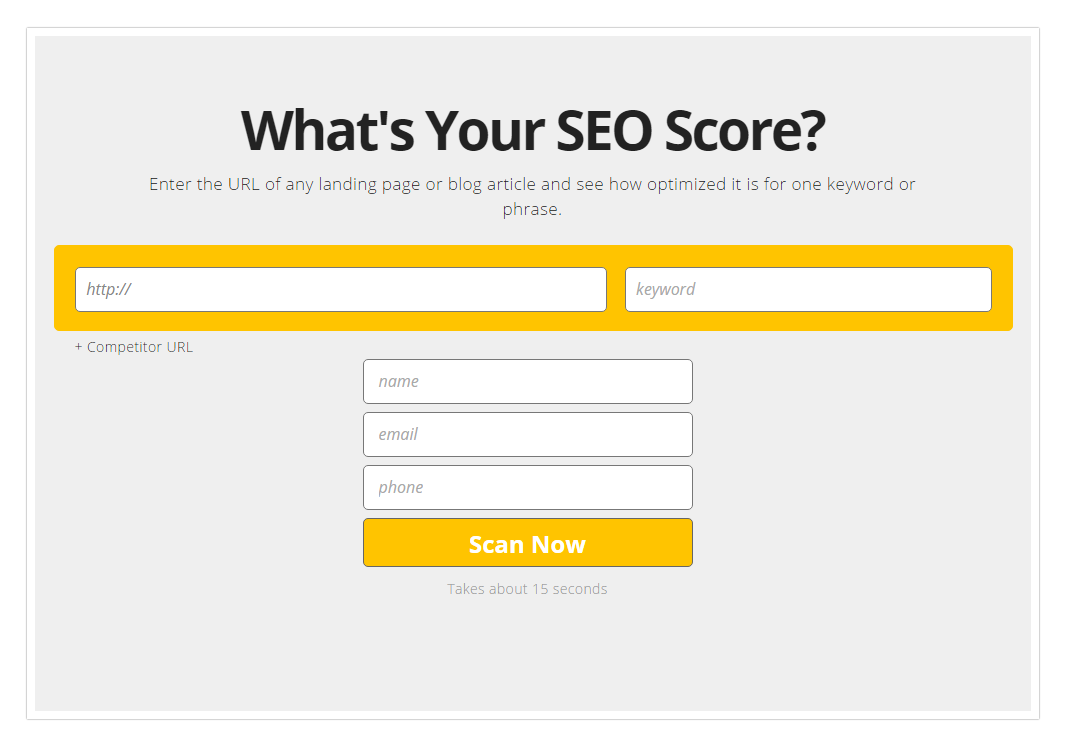
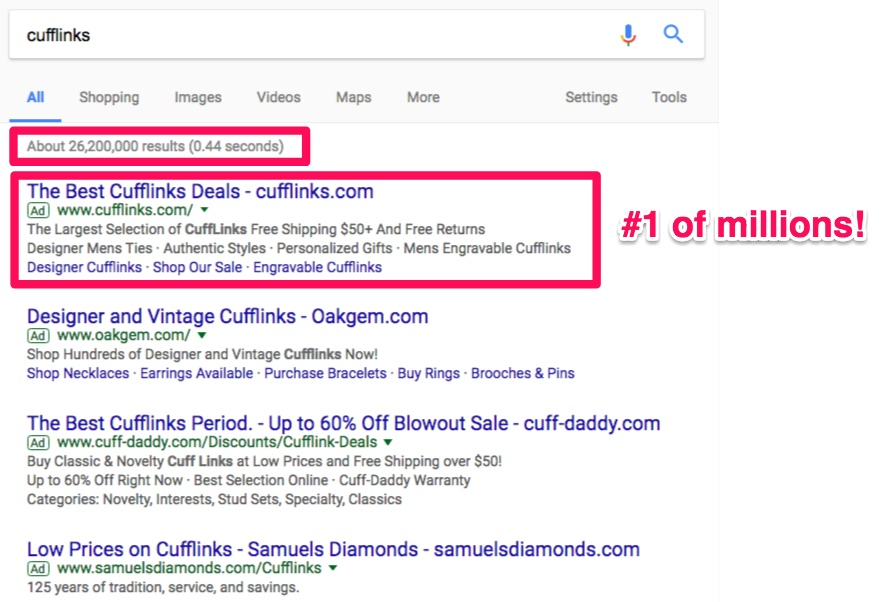
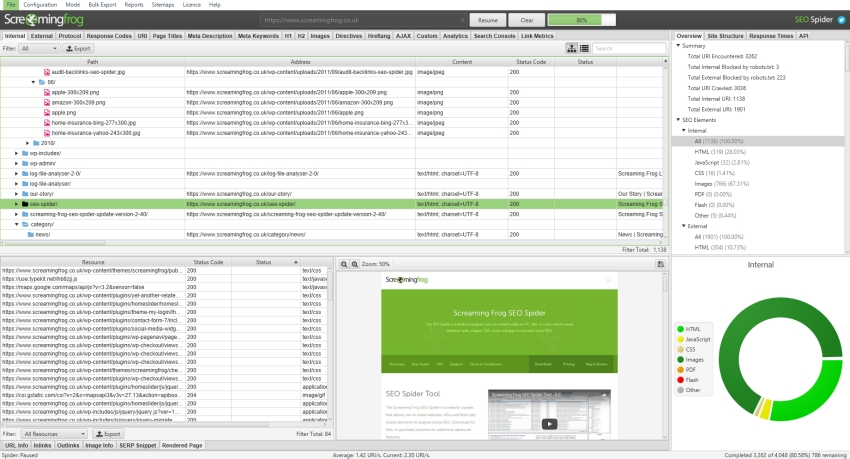

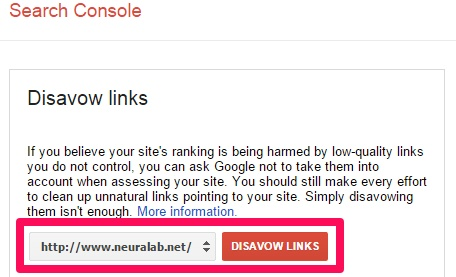
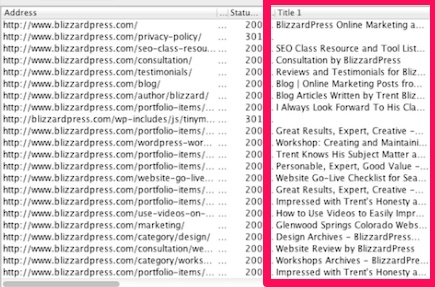



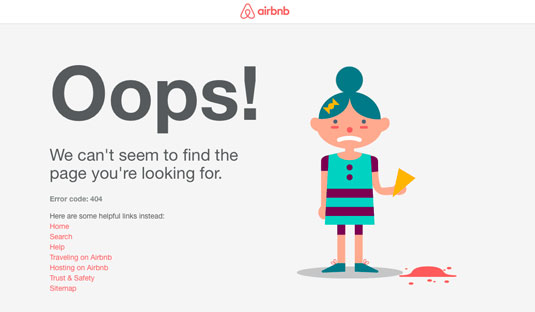
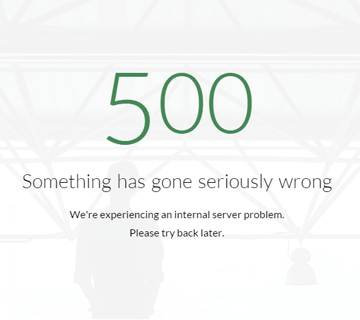
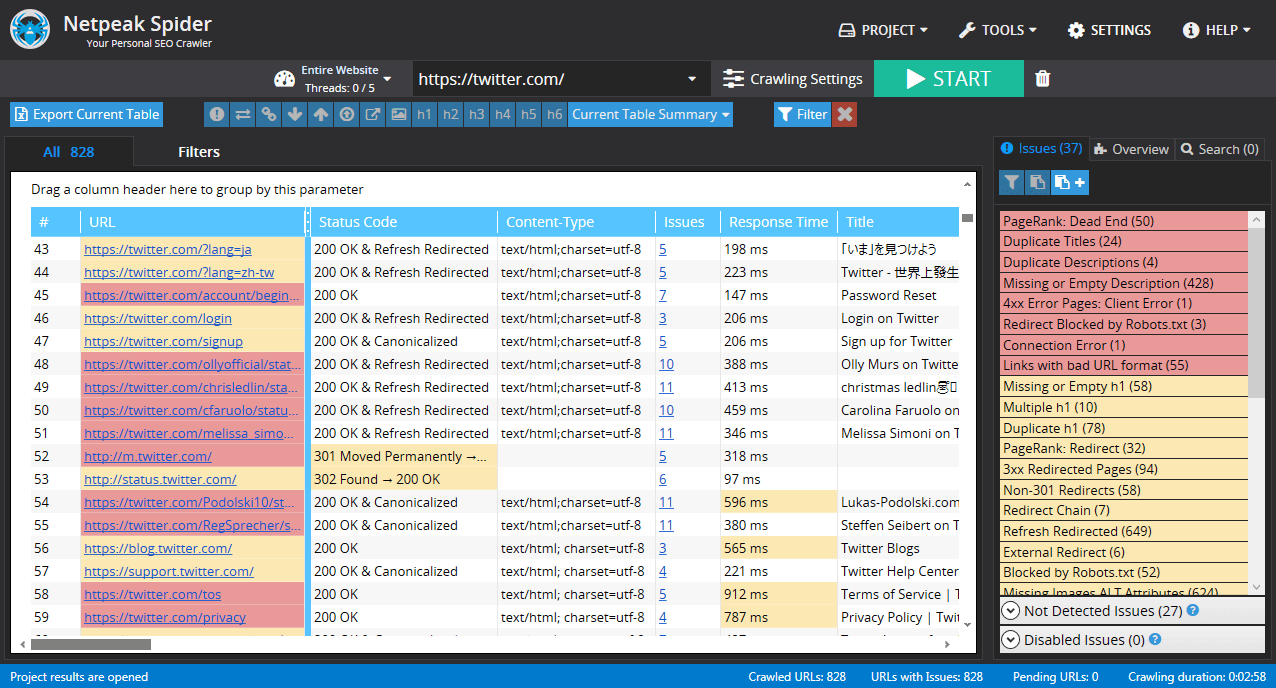
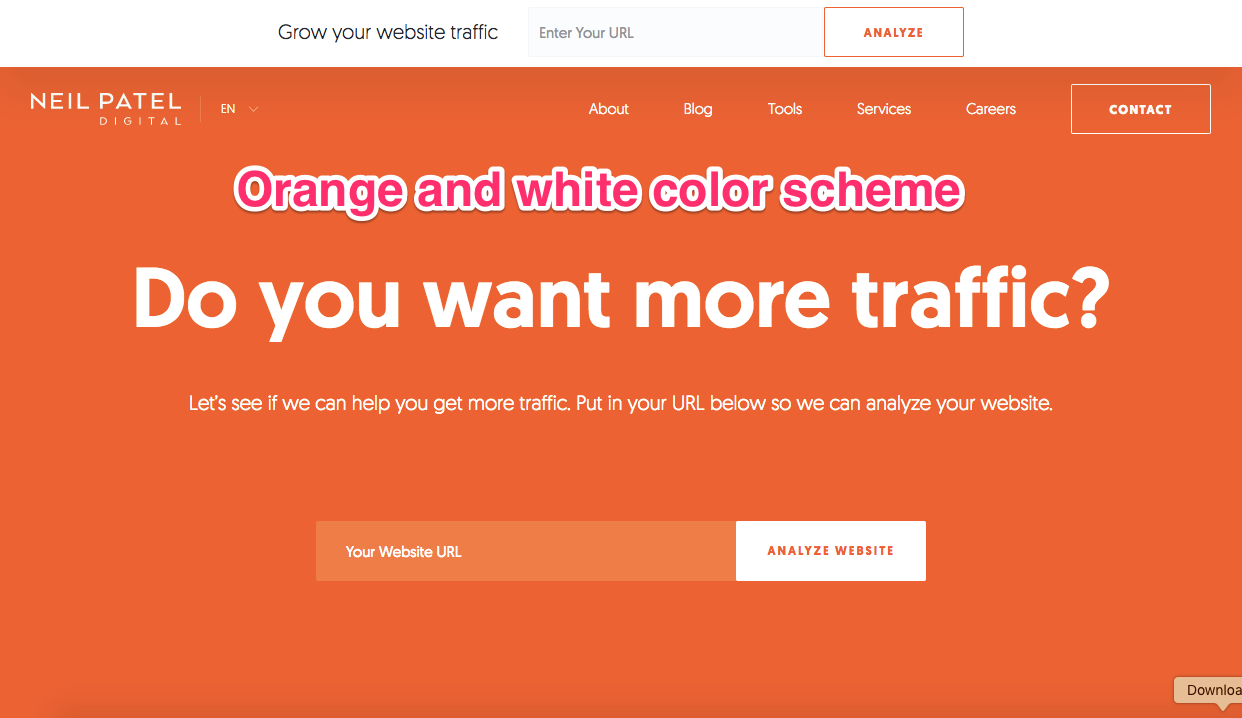

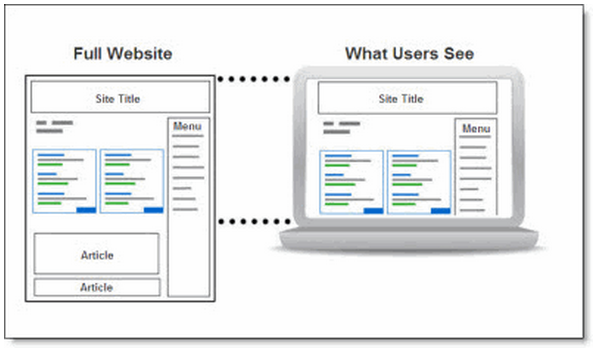
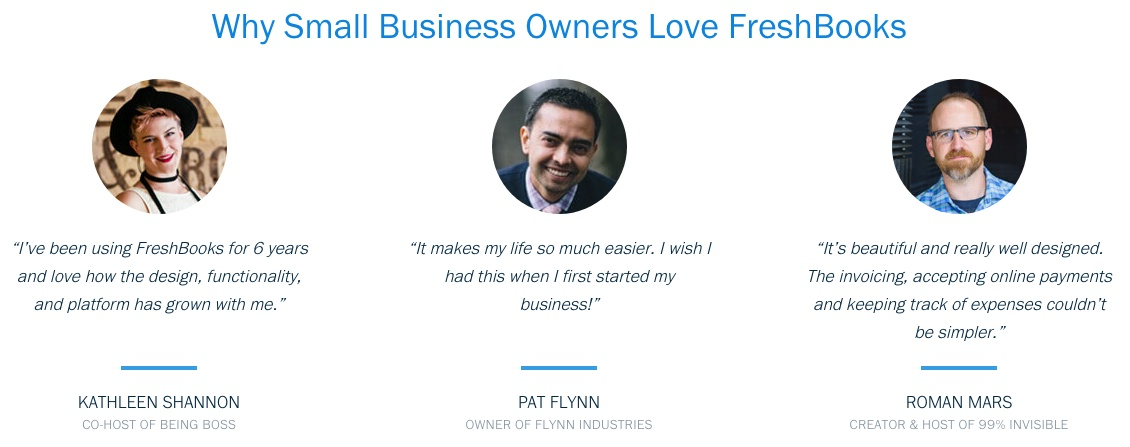
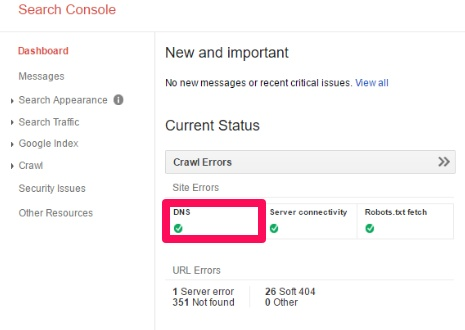
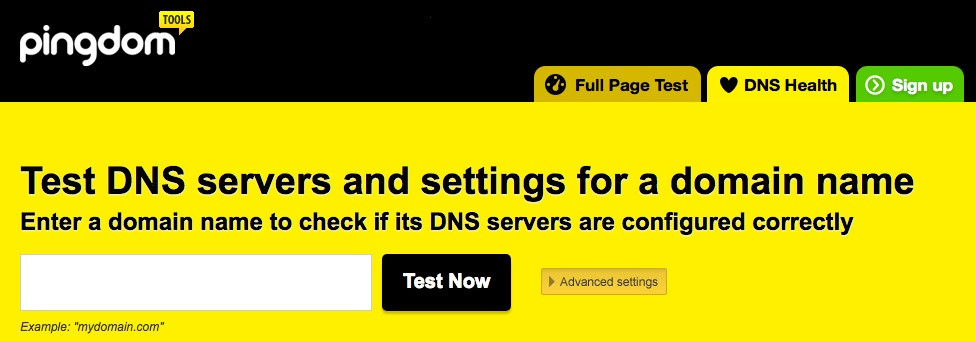

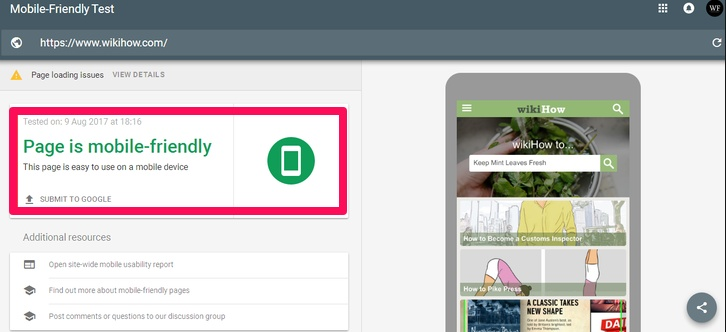
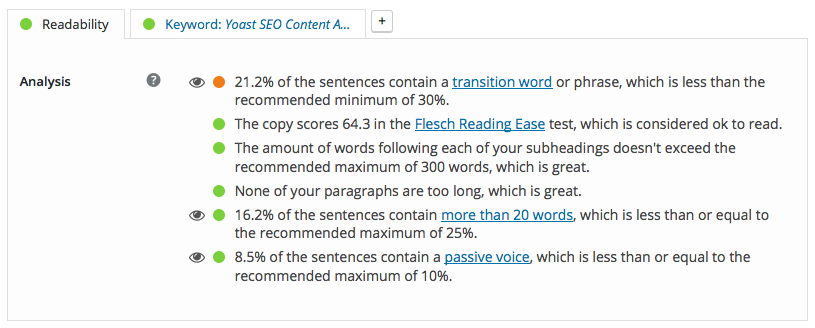
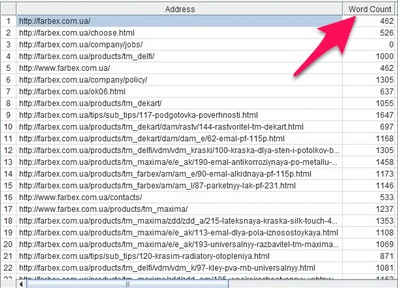
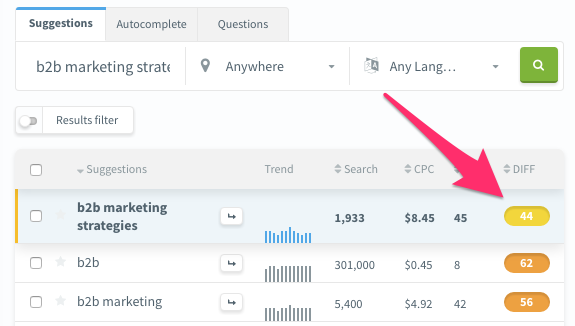
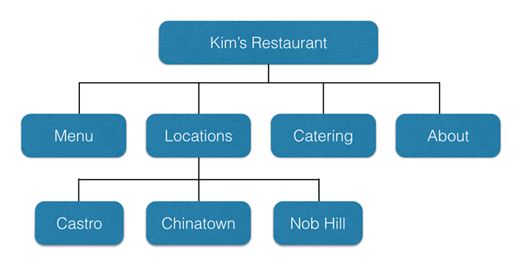

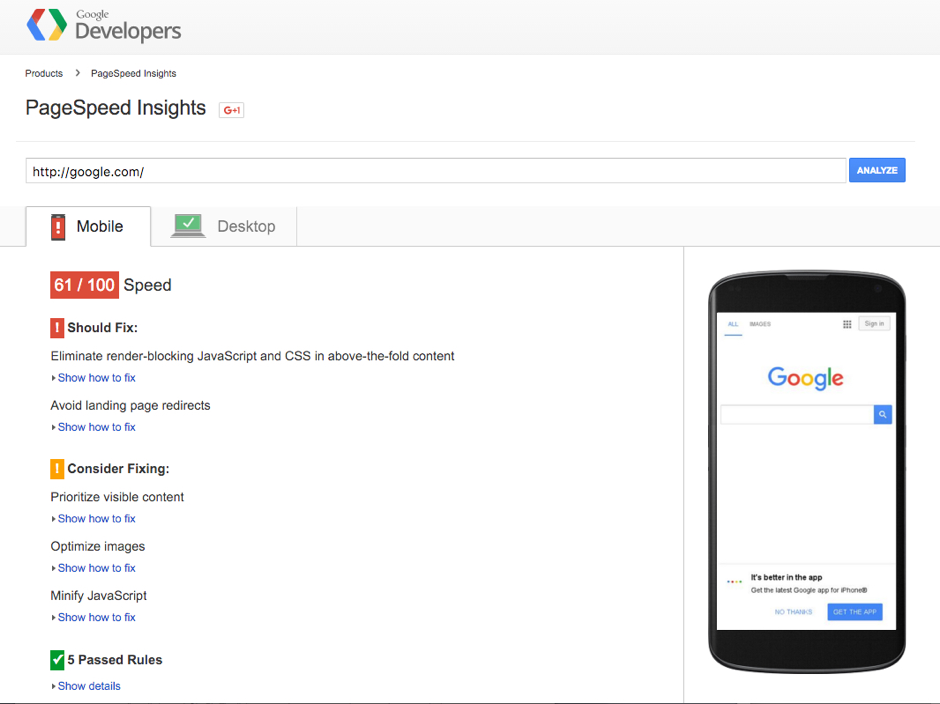
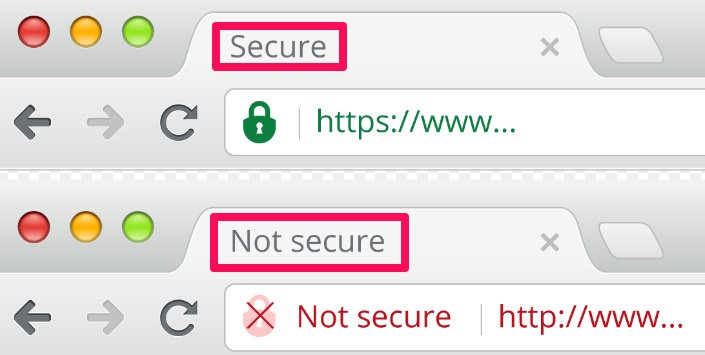

Comments (46)